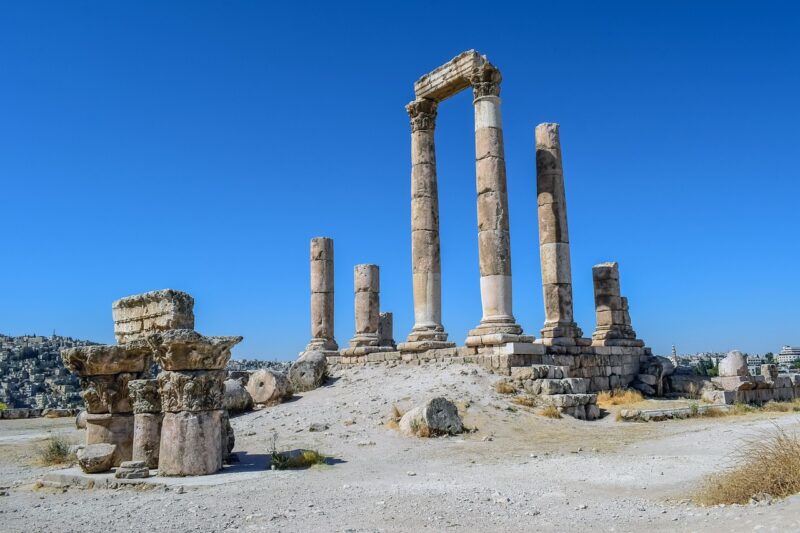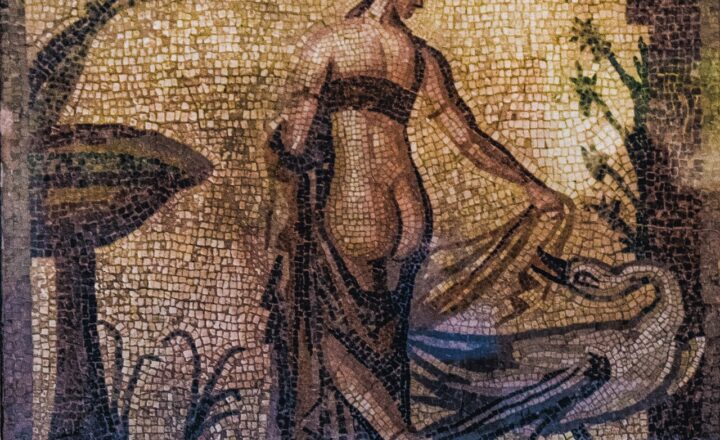How Ancient Cultures Used Astronomy to Align Their Monuments and Understand the Cosmos in Incredible Detail
November 17, 2024

Throughout history, humanity has looked to the stars for guidance, inspiration, and answers to questions that have propelled our understanding of the universe. Ancient cultures, often equipped with little more than their observations of celestial patterns and cycles, displayed an extraordinary ability to integrate their understanding of astronomy into architectural marvels and monuments. From the pyramids of Egypt to Stonehenge in England, these civilizations crafted structures with unparalleled precision. In this article, we embark on a journey of discovery to explore how ancient cultures harnessed the power of astronomy to shape not only their monuments but also their worldviews.
1. Astronomy and Religion: The Cosmic Connection
For many ancient cultures, astronomy was woven intimately into the fabric of religion. Celestial bodies, such as stars and planets, were often viewed as deities or powerful spirits that governed the cosmos and influenced earthly affairs. This understanding compelled civilizations to monitor celestial movements carefully, as these events often dictated their agricultural practices and daily lives.
For instance, the ancient Mayans believed that celestial alignments were harbingers of important events, while many cultures constructed calendars based on astronomical phenomena, like solstices and equinoxes. Their understanding of cycles allowed them to plant crops and hold festivals in harmony with the rhythms of nature. Astronomy, therefore, wasn’t merely a scientific endeavor; it was a spiritual compass guiding their actions and beliefs.
2. The Architectural Wonders Aligned with the Heavens
One of the most astonishing aspects of ancient cultures is their ability to construct monuments with astrological precision. Structures were meticulously aligned with celestial bodies, and many have lasted millennia. Here are some notable examples:
- The Great Pyramids of Giza: Aligned with the cardinal points of the compass, the pyramids were built to honor and connect with the divine, specifically the sun god Ra. The alignment is so precise that some believe they were designed to represent the stars that make up the constellation Orion, showcasing the Egyptians’ deep understanding of celestial mechanics.
- Stonehenge: This iconic prehistoric monument aligns with the sunrise of the summer solstice and the sunset of the winter solstice. Researchers propose that Stonehenge served as a ceremonial site where ancient people gathered to observe solar events, reinforcing the connection between their agricultural practices and the cosmos.
- Machu Picchu: The Incas carefully positioned their city high in the Andes Mountains, aligning certain temples with the sun’s movements. The Intihuatana stone, often referred to as the “Hitching Post of the Sun,” reflects an understanding of the sun’s annual path, demonstrating the importance of solstices and equinoxes to their agricultural calendar.
These examples highlight how ancient peoples embedded astronomical observations into the very foundations of their cultures. They constructed monuments not merely as physical structures but as sophisticated tools for understanding the cosmos and their place within it.
3. The Science Behind the Alignments
The precision with which ancient cultures aligned their monuments with astronomical events requires a sophisticated understanding of basic astronomy and geometry. These civilizations utilized a combination of observational skills and simple tools to achieve remarkable accuracy.
For instance, many cultures used gnomons—vertical posts used to cast shadows—to determine solar positions throughout the year. By measuring the lengths and angles of shadows at different times, they could predict solstices and equinoxes accurately. Additionally, they often kept track of celestial cycles, granting them insights into the changing seasons. This knowledge, passed down through generations, allowed their agricultural and spiritual practices to harmonize with celestial events.
Moreover, sophisticated methods such as triangulation were likely used to align structures. This geometric approach allowed ancient architects to consider the curvature of the Earth and the positions of celestial bodies across different times of the year. Such displays of sophistication challenge our assumptions about the capabilities of these civilizations, revealing a depth of understanding that still captivates modern scholars.
4. Modern Discoveries: Uncovering Ancient Wisdom
In recent years, archaeologists and astronomers have collaborated to decode the intentions behind these ancient alignments. Advances in technology, such as 3D modeling and satellite imagery, have led to exciting discoveries about how these ancient sites functioned.
In places like Gobekli Tepe in Turkey, dating back to 9600 BCE, researchers have found that the arrangement of megaliths aligns with constellations, suggesting that early hunter-gatherers possessed sophisticated astronomical knowledge. This discovery revolutionizes our understanding of the evolutionary trajectory of human civilization, highlighting that even pre-agricultural societies engaged in complex astronomic observations.
The exploration of ancient astronomy is not just about understanding the past; it also sheds light on how humanity’s perception of the universe has evolved and shaped cultures over millennia. Today, the legacy of ancient astronomers continues to inspire scholars and enthusiasts seeking to make sense of the cosmos.
5. The Cultural Legacy of Ancient Astronomy
The impact of ancient astronomy on modern civilization is profound. Many contemporary calendar systems are rooted in the observations made by ancient astronomers who recognized celestial patterns. Terms like “lunation” and “solstice” owe their origins to thousands of years of meticulous observation.
Furthermore, many modern myths and interpretations of the stars can trace their origins back to these ancient cultures. The constellations we recognize today, such as Orion and the Pleiades, were named and detailed by civilizations long before we understood their scientific significance.
Additionally, ancient practices of tracking astrological events have influenced various aspects of modern spirituality and religious practices, emphasizing humanity’s ongoing quest to understand the cosmos. The shared human experience of looking to the stars continues to resonate in literature, art, and philosophy across cultures.
Conclusion: Bridging Time and Space
The monumental achievements of ancient cultures, filled with astronomical insight, connect us to our forebears and their quest for knowledge about the cosmos. Their enduring legacies remind us that the stars have always captivated human imagination, serving as a guide through the uncertainties of life. As we reach for new heights of scientific discovery, we might keep in mind the wisdom of those who looked up long before us, seamlessly intertwining astronomy with the universe’s mysteries as they crafted their monumental works.
In our journey through time, we are beckoned to remember that humanity’s gaze into the cosmic ocean transcends generations, inviting future explorers to look up at the same stars and continue unraveling the mysteries of existence.








